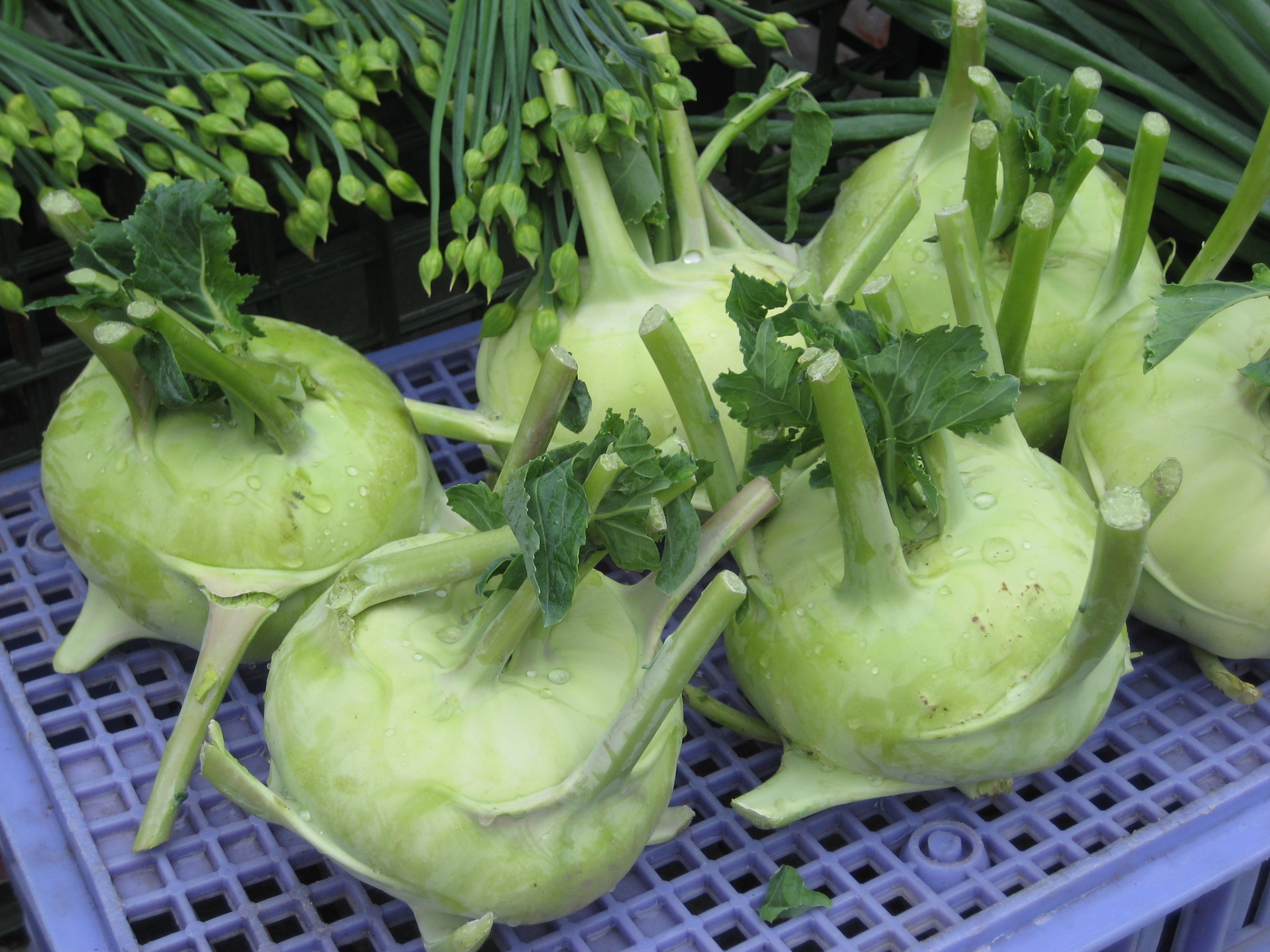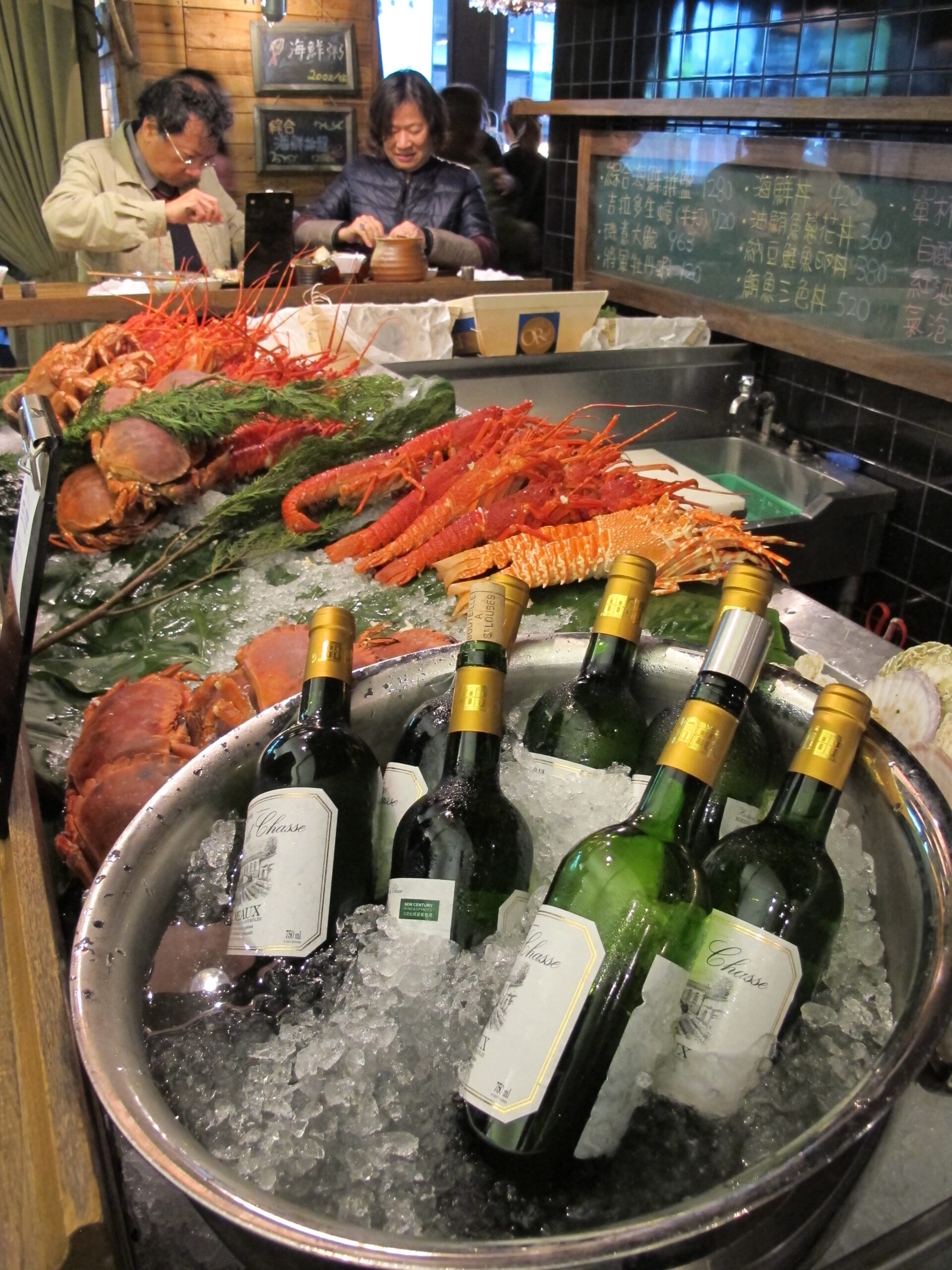Taiwan’s Thriving Traditional Markets
Discover Taiwan’s traditional markets, where local culture and fresh produce thrive. Join our private tours of Taiwan to experience the bustling atmosphere and rich culinary traditions of these unique marketplaces.

Taiwan’s markets offer a stunning range of vegetables.
Embracing Tradition in Taiwanese Markets
While supermarkets have become popular, traditional morning and afternoon markets remain essential for many Taiwanese. These markets offer a personal shopping experience, fresh produce, and a glimpse into local life. Morning markets are a Taiwanese tradition where locals buy fresh vegetables, meat, and fruit. Explore these markets between 7 and 9 in the morning to witness the bustling crowds and experience authentic local shopping. Traditional Taiwanese markets measure items in catties (jin), with one catty equal to 600 grams (1.32 lbs). Explore these markets to discover a wide variety of ultra-local produce and ready-to-eat items, perfect for both chefs and food enthusiasts.
Taipei’s Diverse Markets
Taipei City Government supervises over 100 markets, offering a wide range of goods beyond food. Explore flower markets, jade stalls, and more, providing a unique shopping experience for tourists on our private tours of Taiwan.
Culinary Experiences in Markets
Savor handmade dumplings and hearty soups from local market vendors. These delicious items can be enjoyed at home with simple preparation, making them a delightful addition to your culinary journey.

Addiction Aquatic Development in Taipei
From Fish Market to Boutique Experience
Explore the unique transformation of Taipei Fish Market into Addiction Aquatic Development (AAD). This boutique destination offers high-end dining and a captivating atmosphere, making it a must-visit location on your tour of Taiwan.
Coastal Fish Markets
Discover the vibrant fish markets in coastal towns, including Budai in Chiayi, Kezailiao near Kaohsiung, and Kanziding Fish Market in Keelung. These markets showcase Taiwan’s love for seafood and provide a glimpse into local fishing culture.
Market Shopping and Cooking Lessons
Combine your market visit with a cooking lesson by one of our experienced instructors. Create delicious dishes with fresh ingredients from the market and take home the flavors of Taiwan.
Tailored Taiwan Private Tours
At Life of Taiwan, we specialize in catering to the needs of English-speaking and European visitors. Join our luxury tours or family tours of Taiwan for an unforgettable journey through Taiwan. Contact us today to plan your perfect Taiwan private tour.
